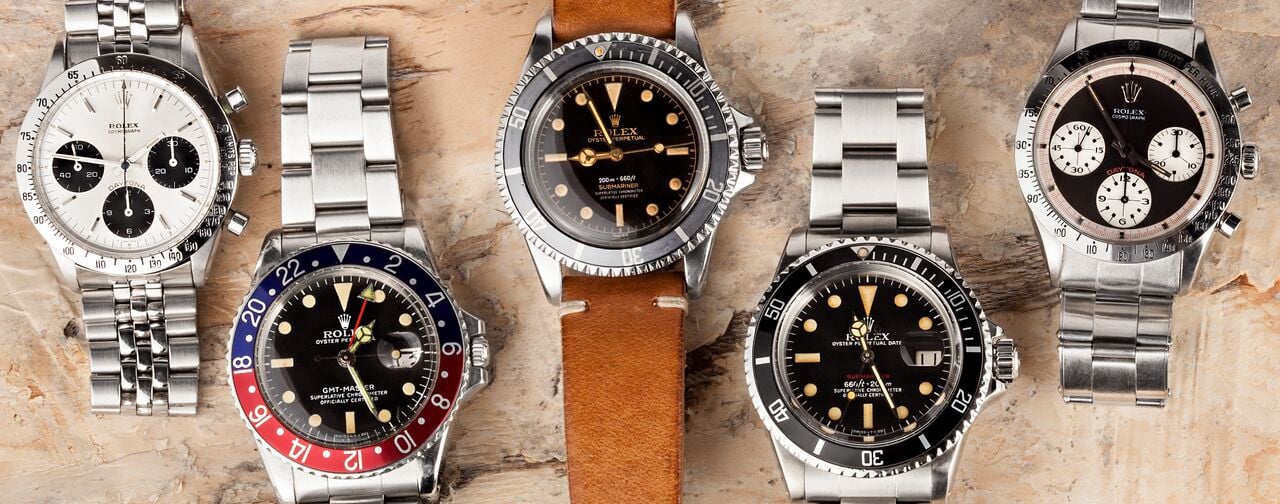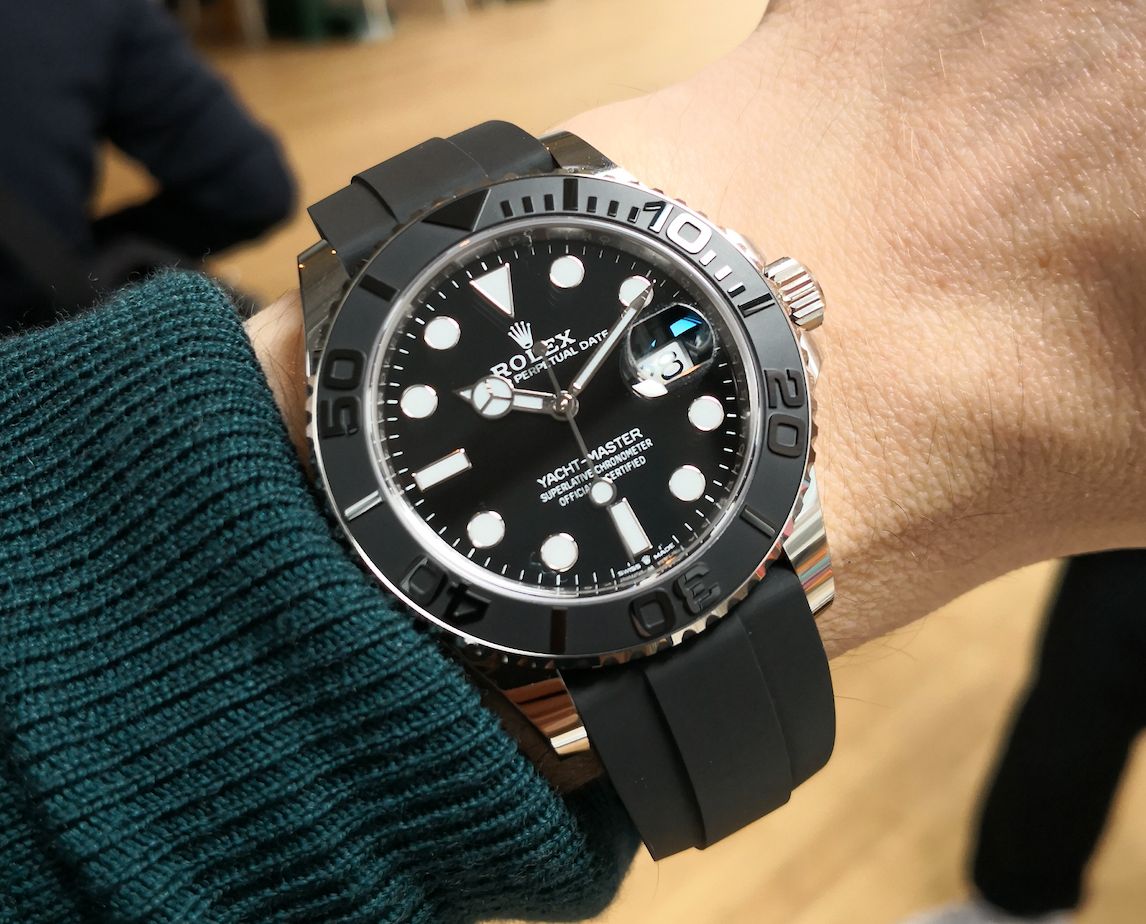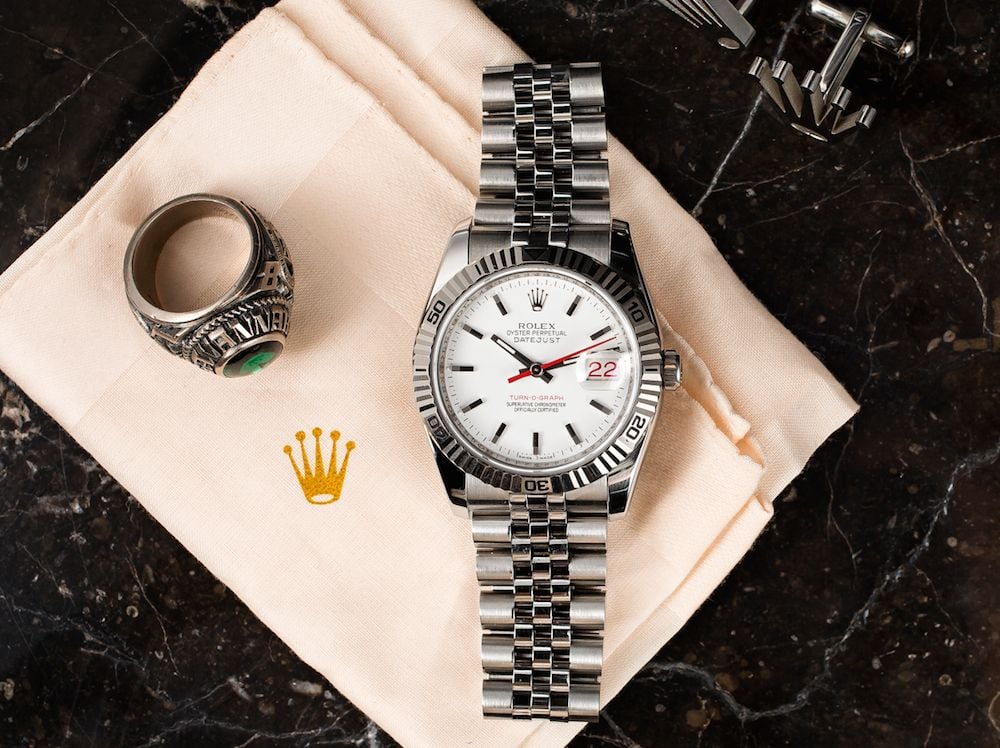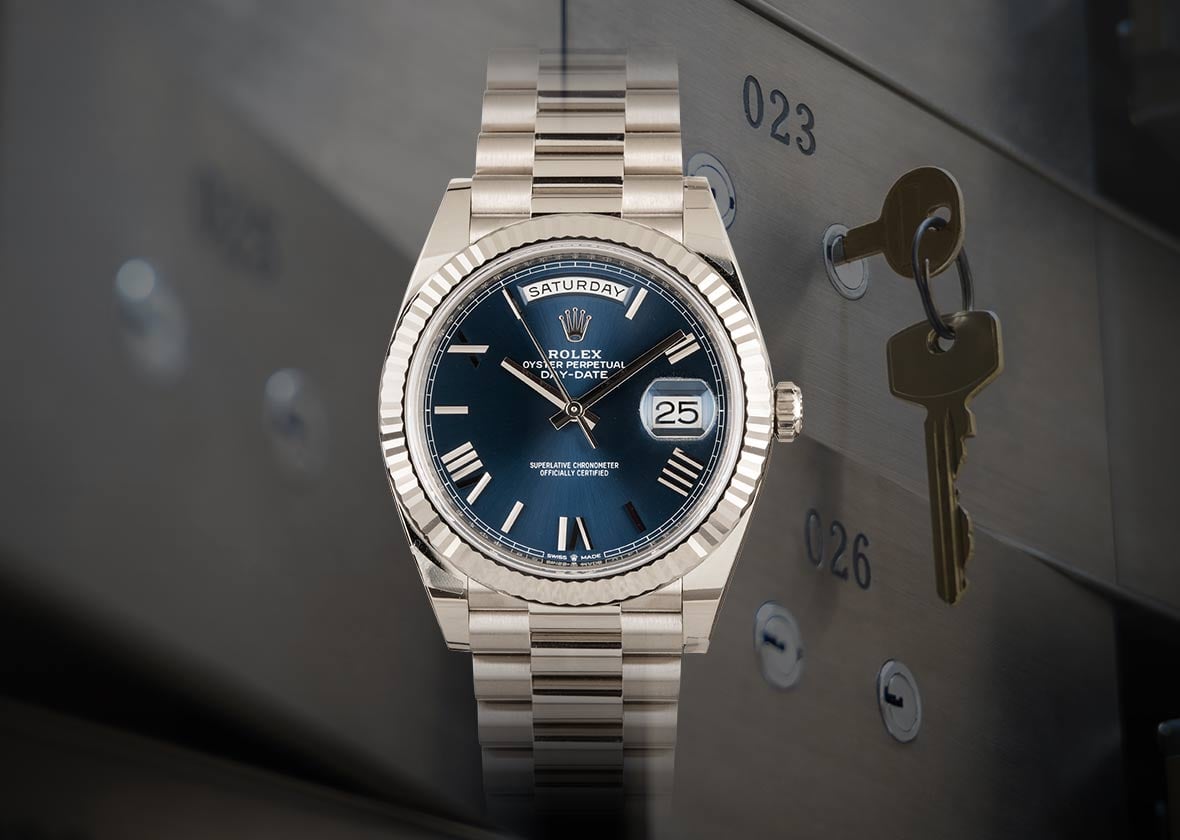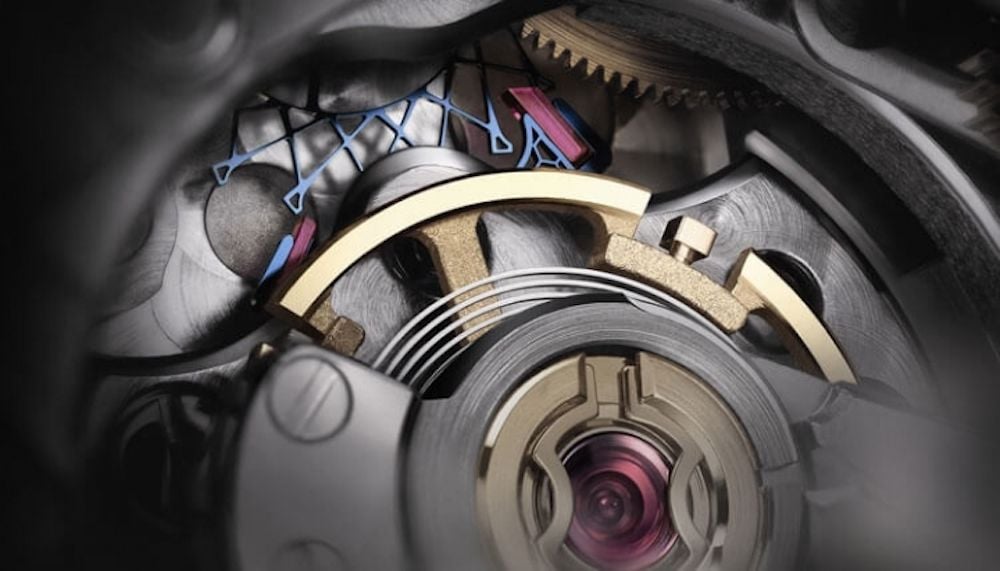Owning any watch, quartz or mechanical, involves some form of investment. Beyond the financial, which can range from just a few dollars to literally millions, it is also necessary to devote a certain amount of time and care to maintain everything ensure that everything keeps running as it should.
The importance of properly looking after luxury timepieces like vintage Rolex watches cannot really be overstated. With mechanical pieces especially, you are dealing with a huge number of tiny components, all finely tuned to work together within incredibly tight tolerances. Additionally, the case that houses them all has to remain as impervious to the elements as possible. The good news is you don’t have to have a particularly deep understanding on exactly how your watch operates in order to safeguard it. Just a little common sense and a willingness to follow a few rules can help guarantee that it will last a lifetime and beyond.
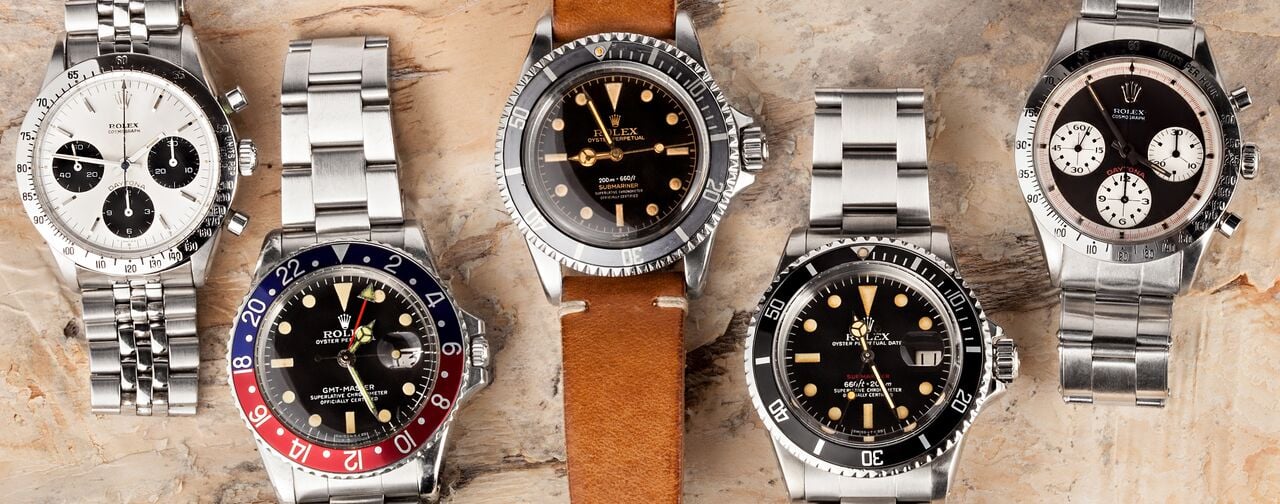
Winding Your Watch
We may as well start with the most controversial point. There are several camps in the ‘keeping your watch wound’ argument. Some people believe any mechanical model should be kept running at all times, either by winding it yourself (if it’s a manually wound watch) or, if it is an automatic, by wearing it or placing it in a watch winder, to keep the internal oils and lubricants circulating. Others at the opposite end of the debate think letting the watch wind down and lay dormant while not in use saves any form of wear and tear on the gears.
I fear any form of commitment and choose to go the middle route. Obviously, the watch you wear every day or even semi-regularly takes care of itself, but if you have a piece in storage you are not going to use for any length of time, it could well benefit from being wound once a month or so to keep things flowing.
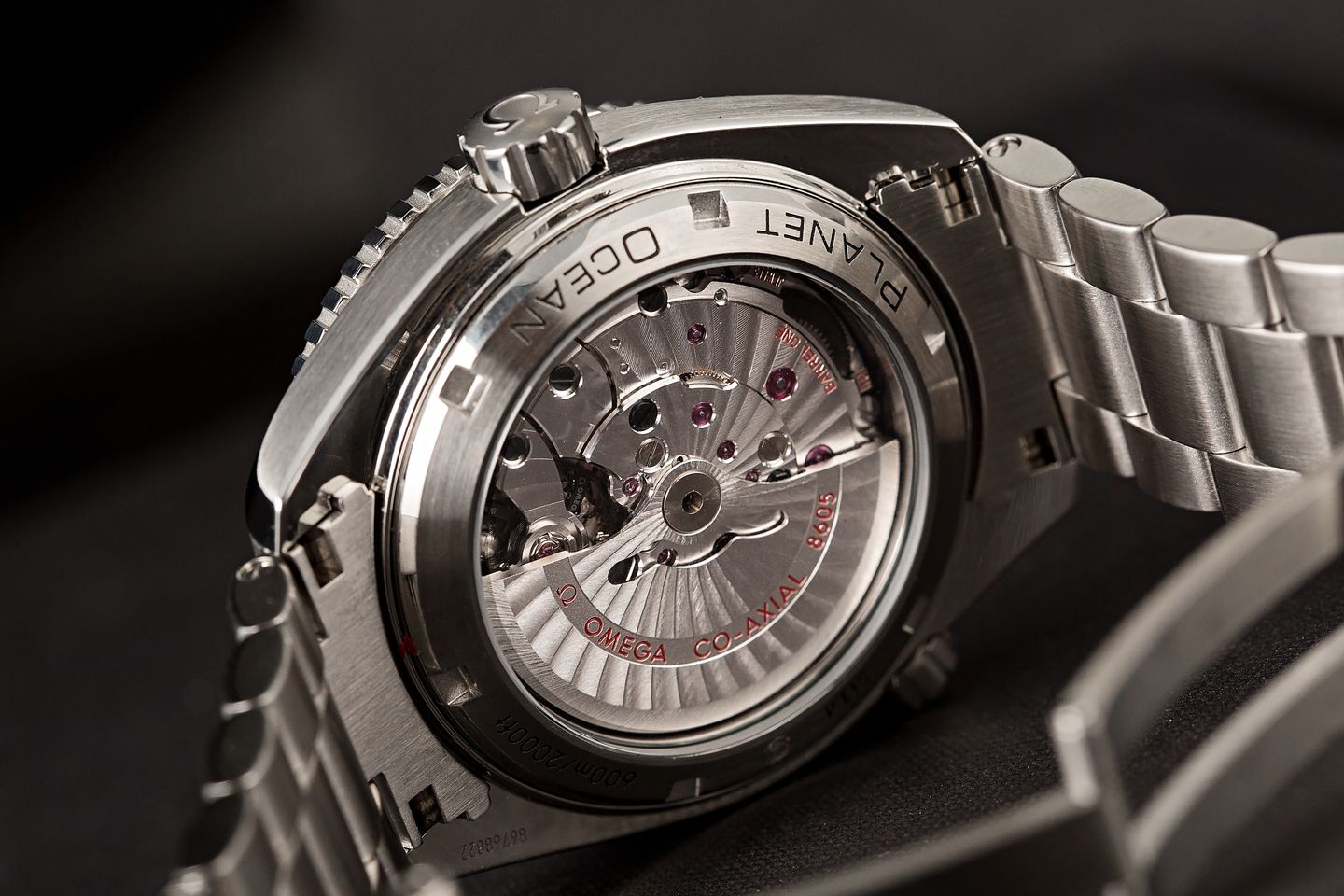
There are other parameters to keep in mind too. A modern watch is more likely to have high tech synthetic oils which are affected only by things like age or temperature rather than if they are kept moving or not. A vintage model that hasn’t been serviced in a long time (when oils are routinely refreshed) may not.
Additionally, the type of watch should be taken into account as well. Letting a relatively basic piece stop is no big deal when it comes to restarting it again. Simply wind the crown and off it goes. But something with a highly involved complication, such as a perpetual calendar or moonphase, really should be kept going. Resetting those is a far more complex challenge.
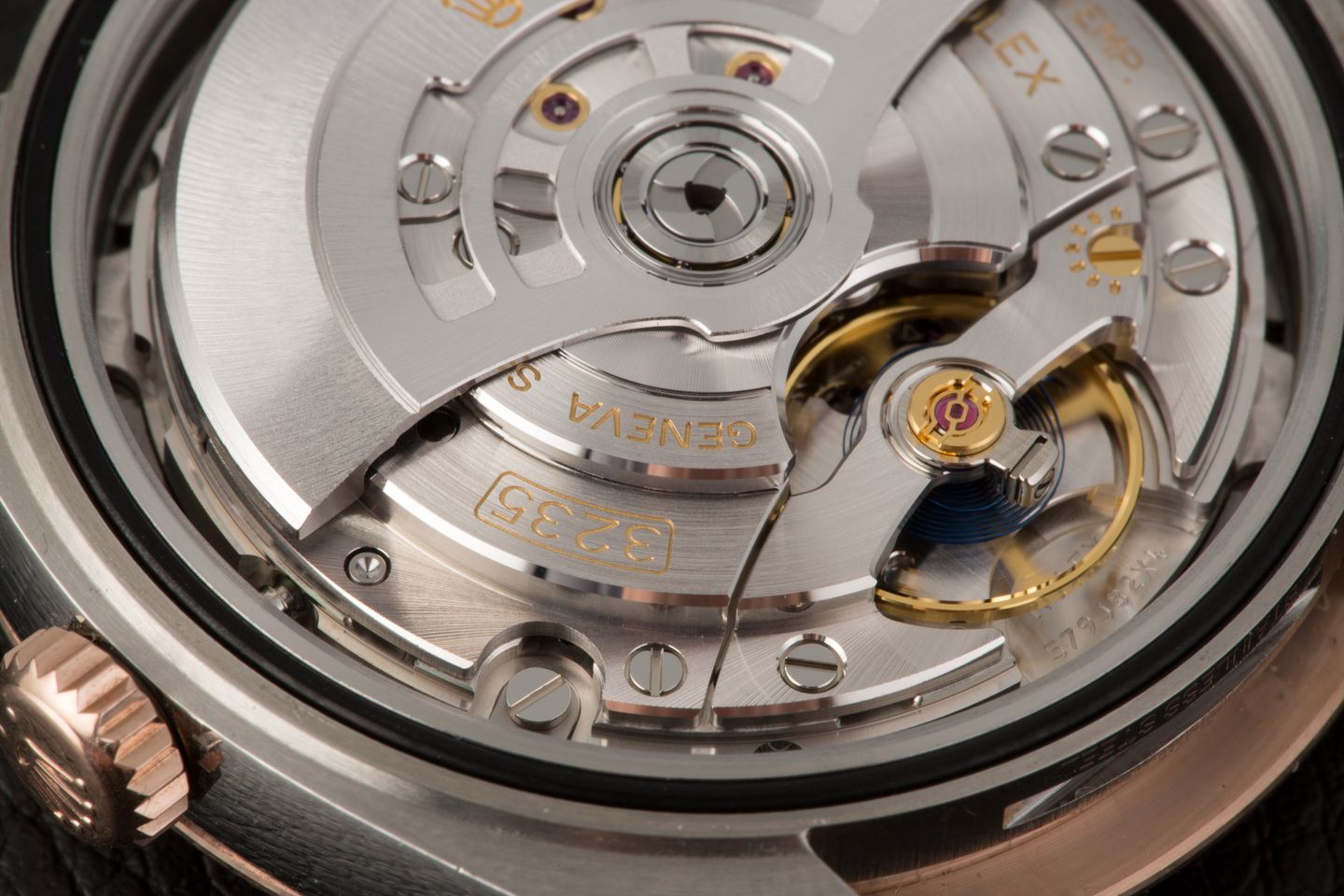
Keep it Clean
No real controversy here. Keeping your watch as clean as possible is a bit of a no-brainer. As well as making sure it looks good, it also reduces the likelihood of any small particles or debris which may have built up from making their way inside the case and damaging the movement.
The best way to clean depends on the water resistance of the watch. If it is only rated to 30m or so, a soft, damp cloth is your best bet. Higher than that and you can use a soft-bristled toothbrush and be slightly more thorough. If it is a professional dive watch, with 100m+ of waterproofing, you can immerse it completely, providing of course that you have screwed down the crown.
Among the things to avoid are submerging the watch in hot water, as this can run the risk of damaging gaskets. Additionally, if it has a leather strap, try and prevent it from getting wet at all – it can harm the appearance of the material as well as weakening it. And don’t use soap and water. Soap molecules can work their way into the smallest spaces and not do your watch any favors at all. Finally, dry it off with a lint-free cloth.
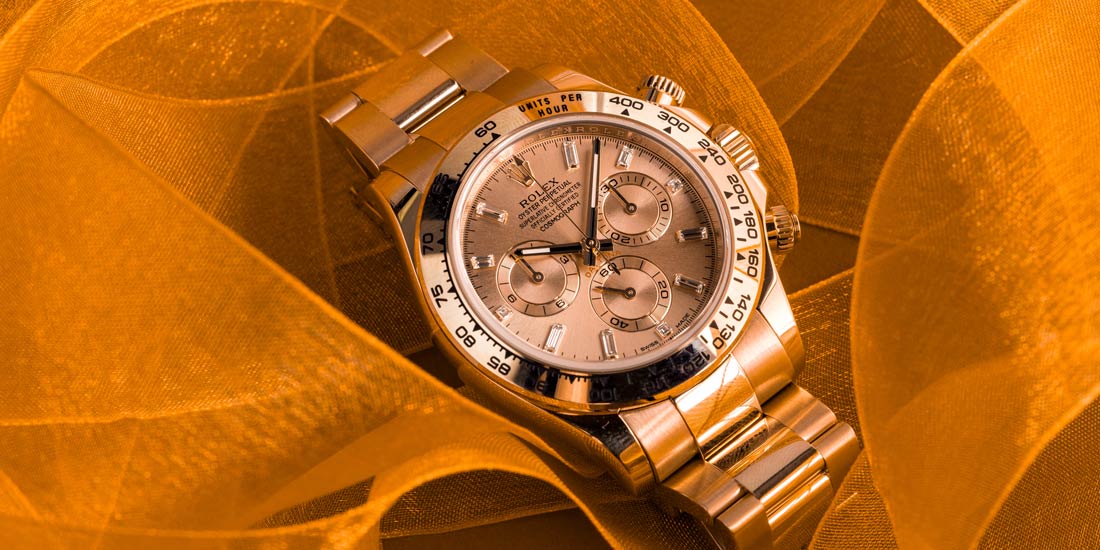
Know Your Watch’s Limits
We already touched on water resistance, and every watch has a certain amount inherently. But it is vital that you know the true grade for your specific piece and not go beyond it.
A 30m-rated watch is little more than splash proof. Taking it off to wash the dishes is a good idea. 50m will see you safe for a dip in the pool, and 100m is the minimum for sports like water skiing or jet skiing. While you can dive in a 100m watch, you should really try to seek out a watch that has a 200m or ideally 300m depth rating if you plan on using it as your regular dive watch.
Also, keep in mind the age of the model. A watch might be waterproof to 200m when it first rolls off the production line, but seals loose their effectiveness over time and need to be changed. It is a good idea to have gaskets at least checked and the whole watch pressure tested once a year. Most watchmakers have the facility to do it, and it is a pretty inexpensive exercise (cheaper than repairing a water damaged watch anyway). And be aware of any accidental knocks the watch has been subjected to, particularly around the crown, which can also affect the seals.
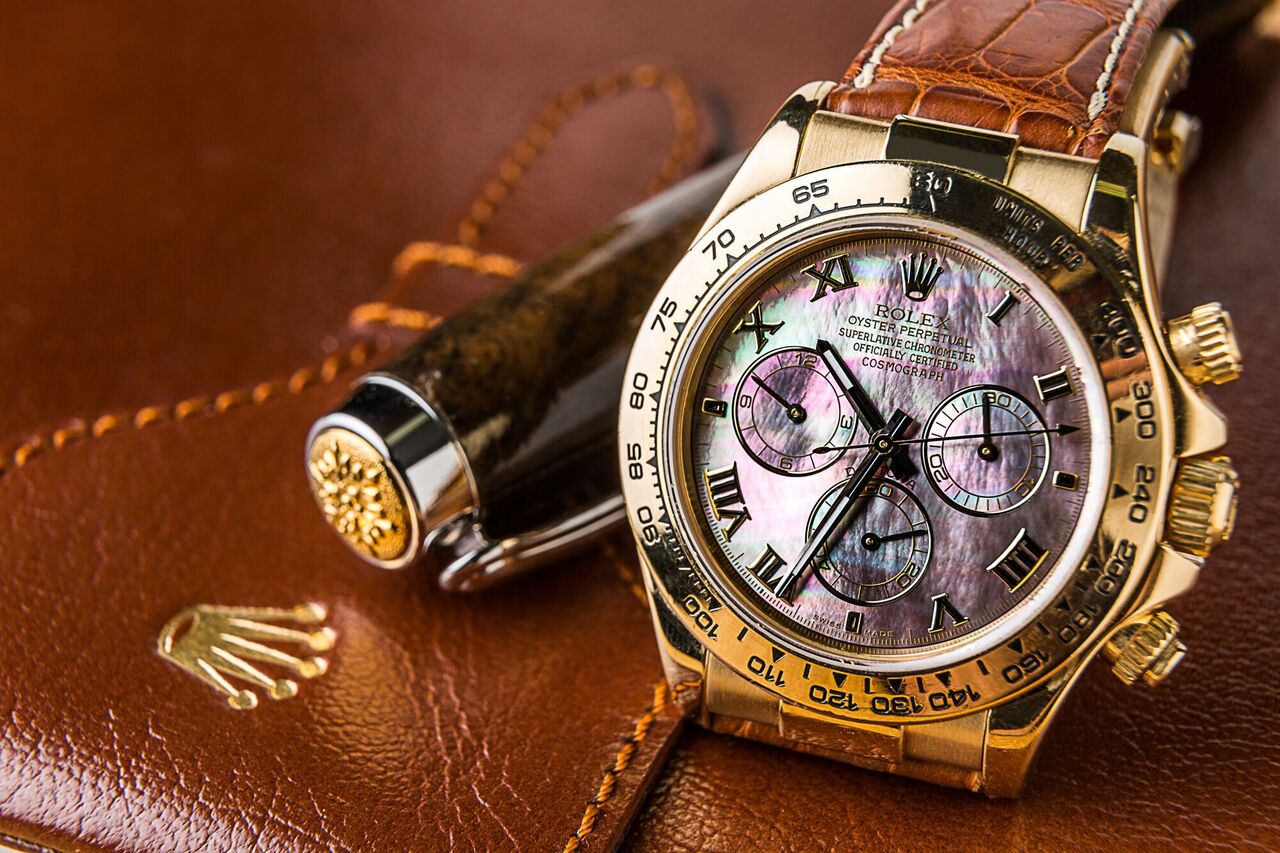
Avoid Magnets
Strong magnetic fields have been the bane of the watchmaker’s life for as long as there have been watches (and magnets). Even a comparatively small source, such as a refrigerator door, audio speakers, or just a radio alarm clock, can hamper your watch’s performance. In certain cases, larger sources can even cause serious damage to the movement by warping internal components.
Recent years have seen a host of models entering the market specifically designed to defy these effects, with parts made from paramagnetic materials like silicon. Omega’s latest are resistant to 15,000 gauss or more; for reference, standing next to an MRI machine would put you in the presence of between 5,000 and 20,000 gauss. Older watches that lack these modern materials have a greater susceptibility and so avoidance of any magnetic field is advised.
An experienced watch repair center will always be able to demagnetize your watch for you, but if the effect is severe, it may call for replacement components or a complete overhaul of the movement.
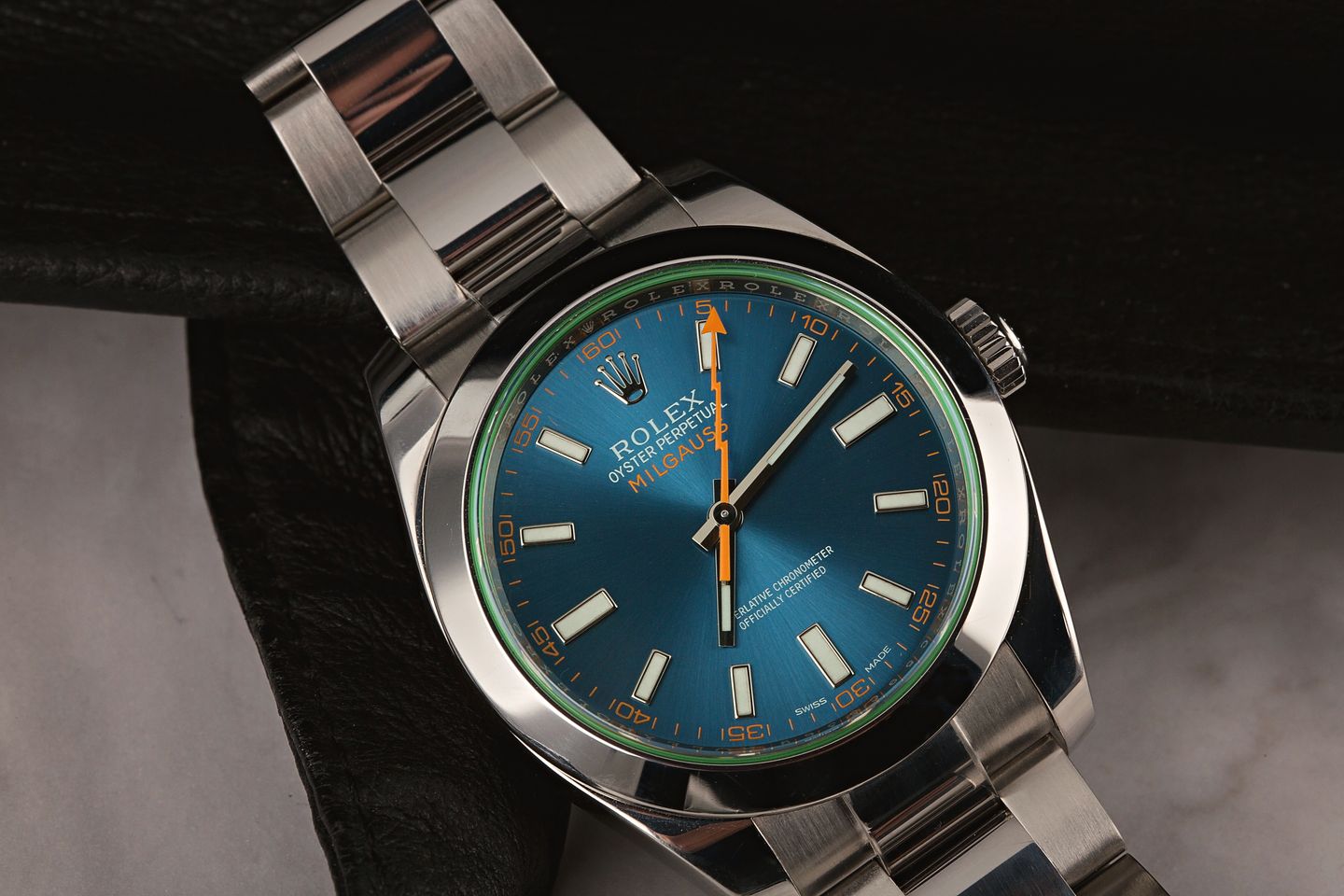
Avoid Extended Exposure to Sunlight
Prolonged periods under the sun can fade your watch’s dial and age its components prematurely. Always remember to store your watch in a shaded area when not adorning your wrist.
Strong, direct sunlight will cause the colors of your watch to fade – you only have to look at some of the true vintage pieces to see the results. Of course, if you are a fan of the look, it is up to you. Be aware though, if you have a quartz model, a high heat will shorten the battery life.
Avoid Contact with Chemicals
Harsh chemicals can damage the watch’s sealants and finish. It’s best to remove your watch during activities that may expose it to such substances, ensuring its longevity and luster.
If you are wearing your watch on a leather strap, it is better to avoid spraying perfume or cologne on your wrists. Contact between the two will cause the leather to deteriorate and it could eventually tear.
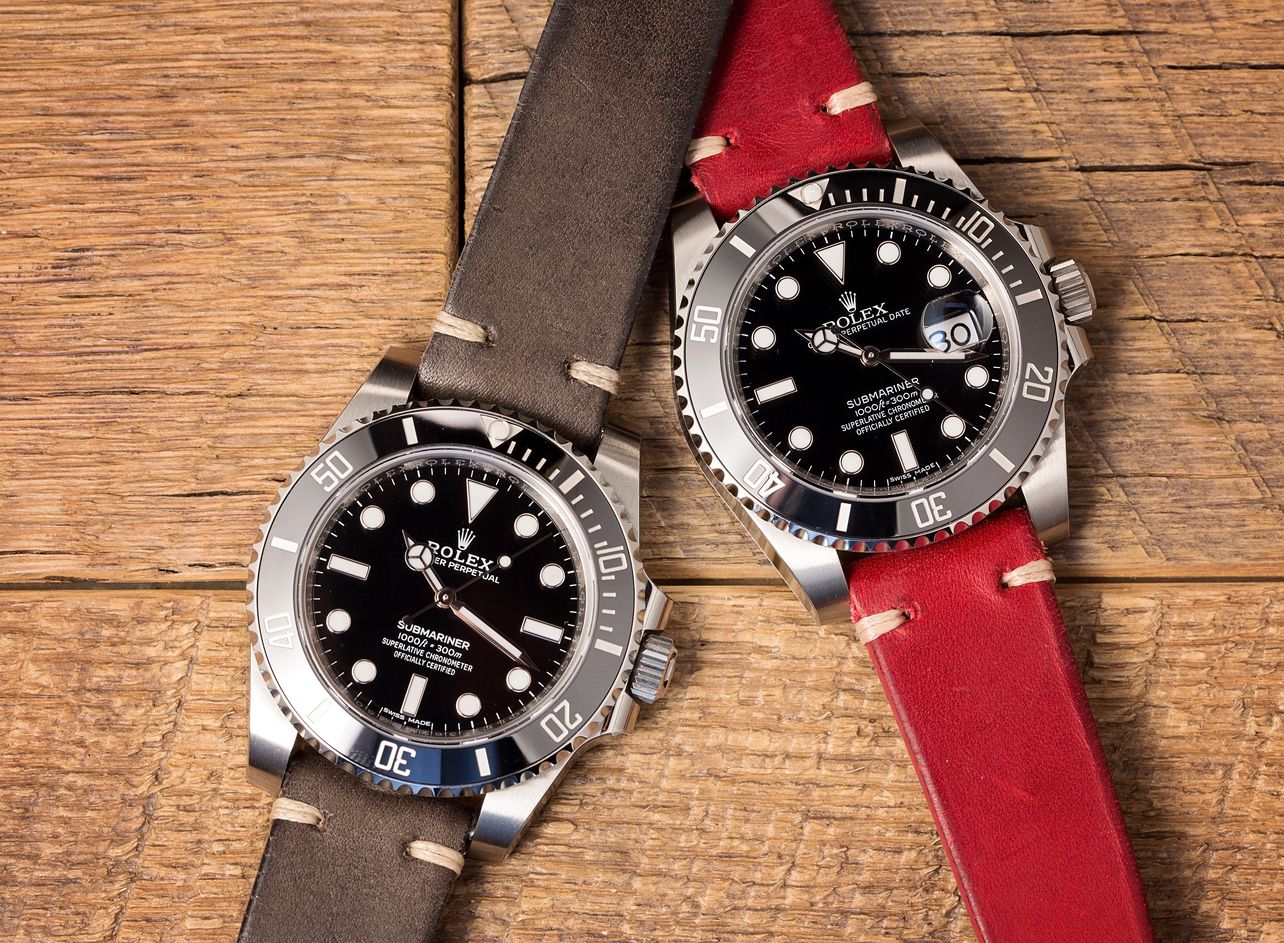
Don’t Neglect Servicing
By far the most important consideration in keeping your beloved watch running perfectly is sticking to a sensible service regimen. Rolex watches were built to last multiple lifetimes – provided that you take care of them properly. As much as it is a bit of a pain, and not the cheapest thing in the world, you can’t really get around it.
If you have ever studied how a mechanical caliber works, it becomes more obvious why it has to be done. Cog teeth grind against other cog teeth. Pallet stones impact on escape wheels. And the balance assembly flies back and forth around 700,000 times a day. They are hardworking pieces of machinery and have to be looked after. The question is, how often?
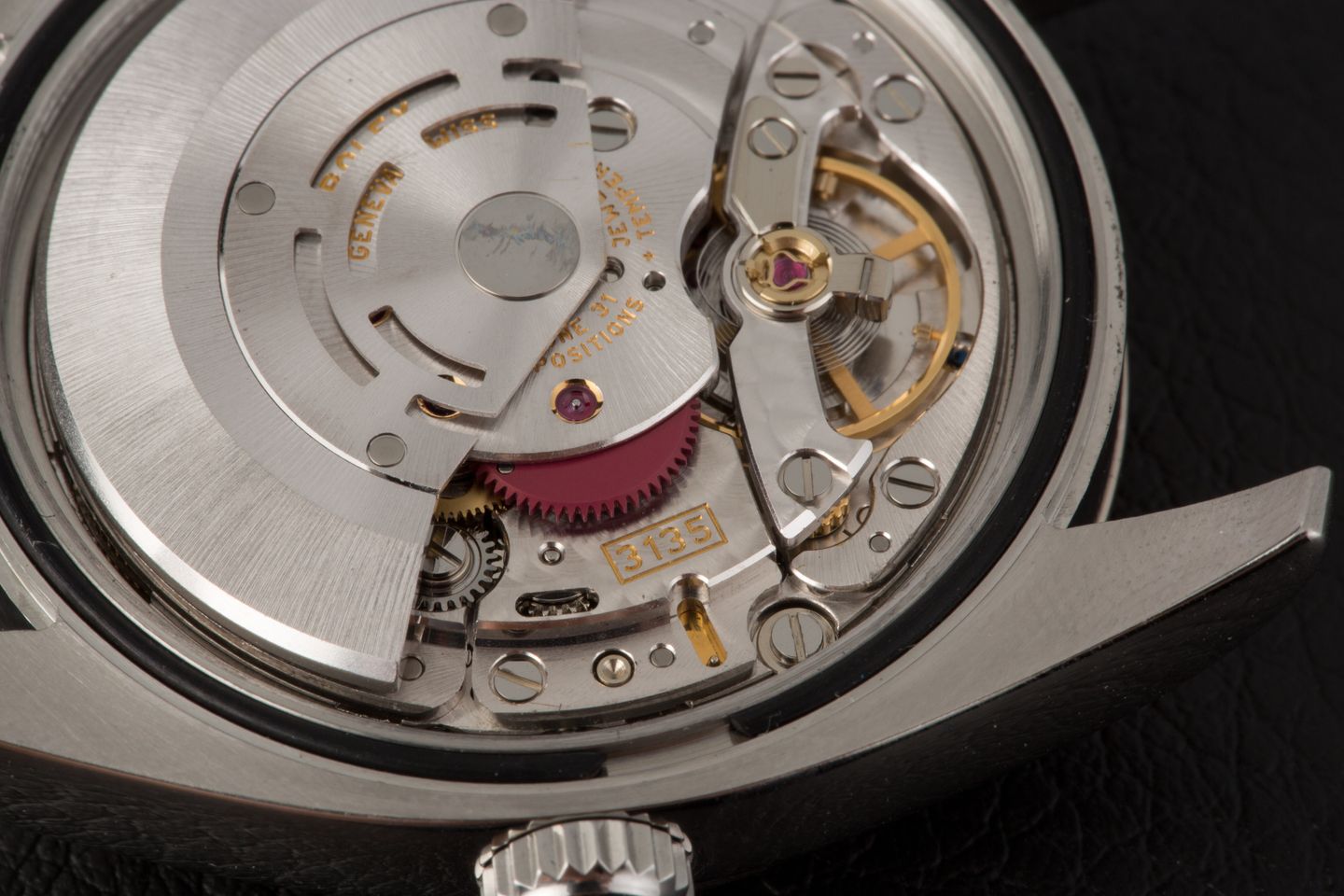
Much like the question on whether or not to keep your watch fully wound, there are no shortage of conflicting opinions. Some folk don’t keep to a strict timetable and like to wait until there is a noticeable drop in timekeeping performance. Each to their own, but that seems too cavalier an attitude for me.
A practical, levelheaded schedule of between three and five years should be fine as a sweeping statement. If the watch is especially old, you should consider upping your appointments a little. Similarly, if the piece lives a particularly hard life it will payoff in the long run to get a more frequent overhaul.
And while it can come as a bit of a shock when you are presented with the invoice, keep in mind the level of expertise needed to complete the work. The entire watch has to be stripped down, cleaned, parts replaced and then reassembled and tested. The benefit to you is a timepiece that should see you through the rest of your life and then be handed down to the next generation. In the end, proper care can make luxury watches a bit of a bargain.
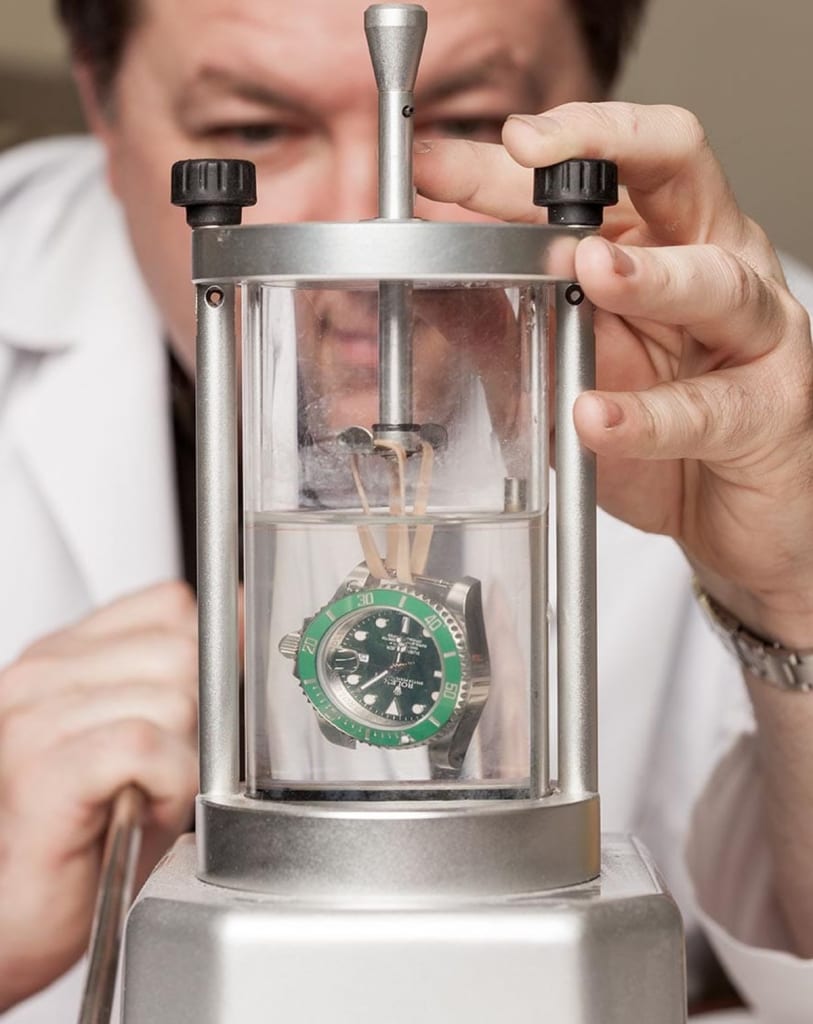
Know Your Watch’s Water Resistance
Understanding the limits of your watch’s water resistance is crucial. Each piece is rated to withstand pressure up to a certain depth; it’s important to adhere to this guideline to prevent moisture from compromising its intricate mechanism.
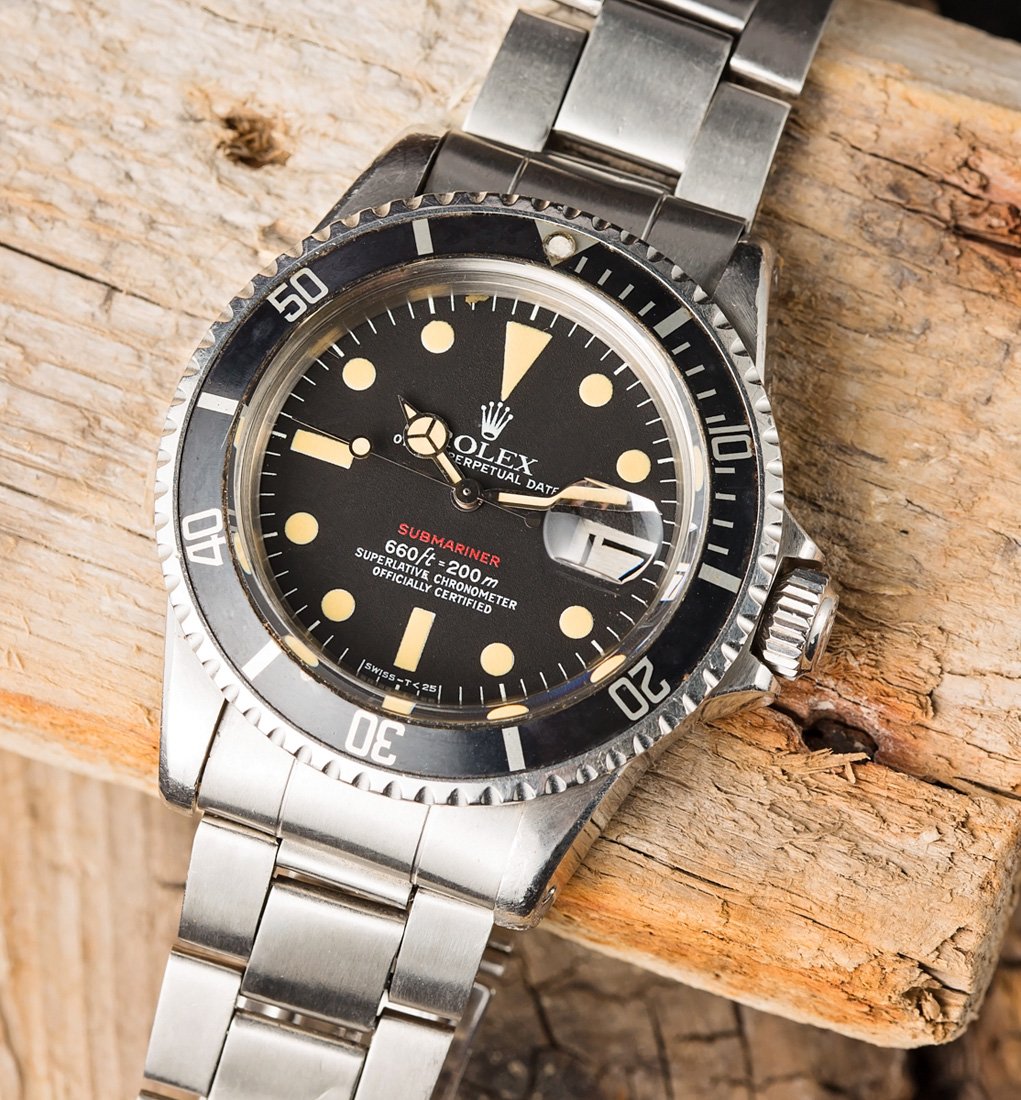
Take Care of the Crystal
The crystal shields your watch’s face, so attending to it with regular cleanings and polishings is essential. Avoid scratches and impacts, as these can mar the crystal’s clarity and affect the watch’s overall aesthetic.
Keep Your Watch Box for Storage
Retaining the original box of your timepiece isn’t just for nostalgia; it’s a practical choice for storage. The padded interior keeps the watch secure and protected from dust, moisture, and unintended jostles.
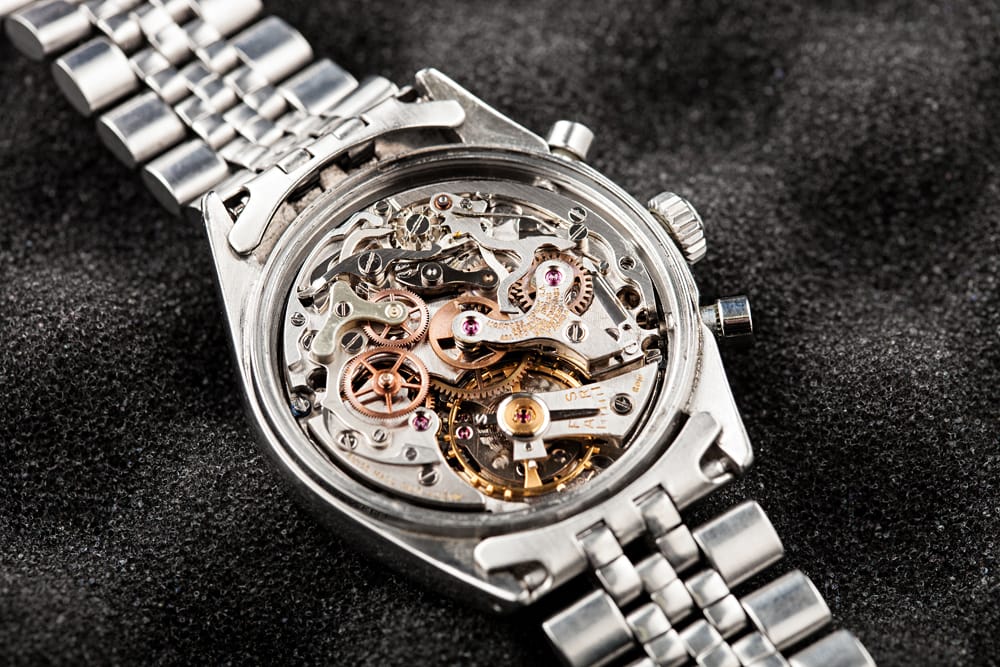
Never Open Your Watch by Yourself
Tempting as it may be to peek inside, opening your watch can introduce dust or moisture. Moreover, this can void the warranty. Leave inspections and repairs to certified professionals who have the right tools and expertise.
Read Your Watch Manual
Every luxury watch comes with a manual that’s a treasure trove of specific care instructions. Familiarize yourself with these guidelines to maintain your watch’s performance and appearance.
